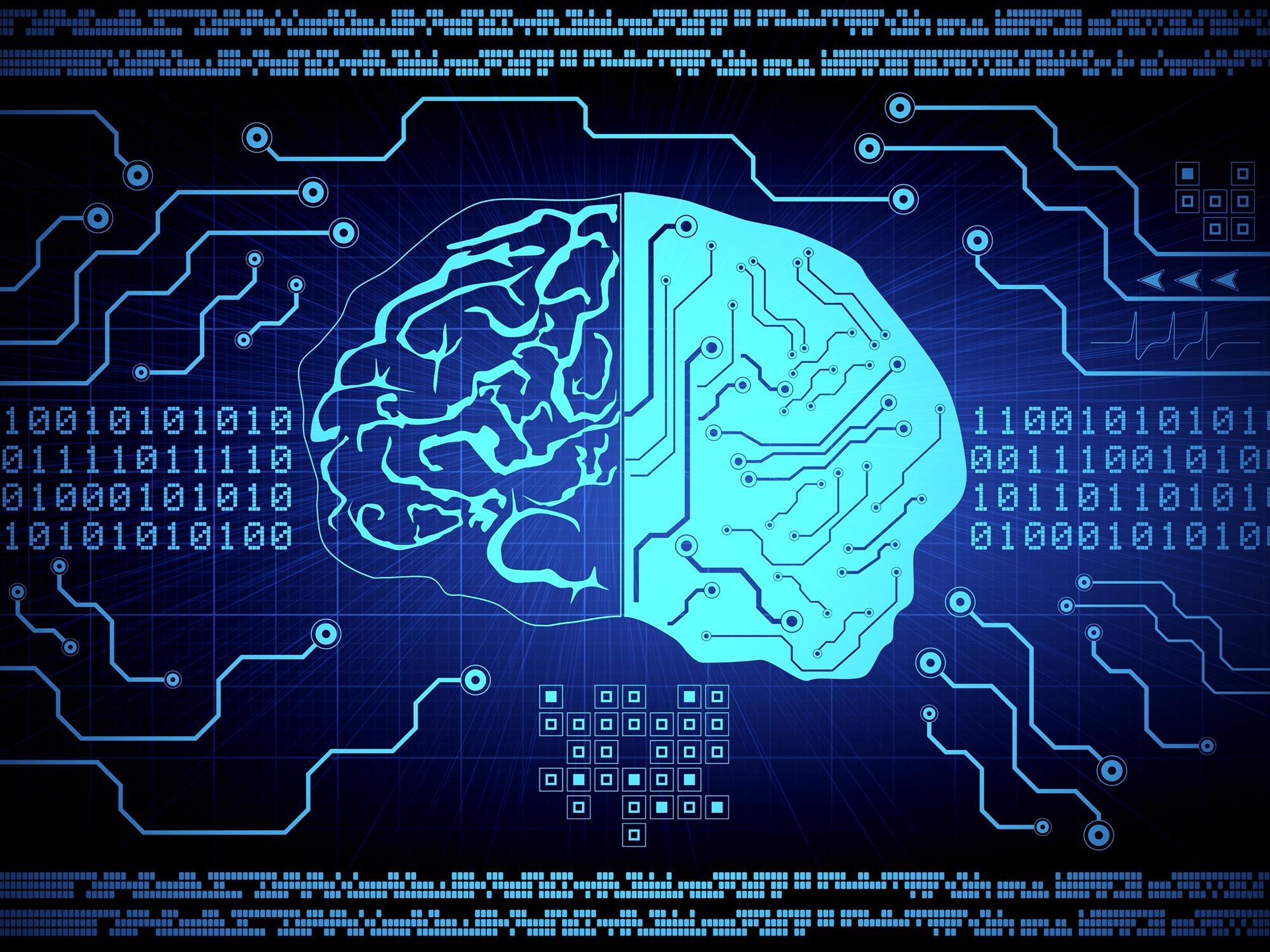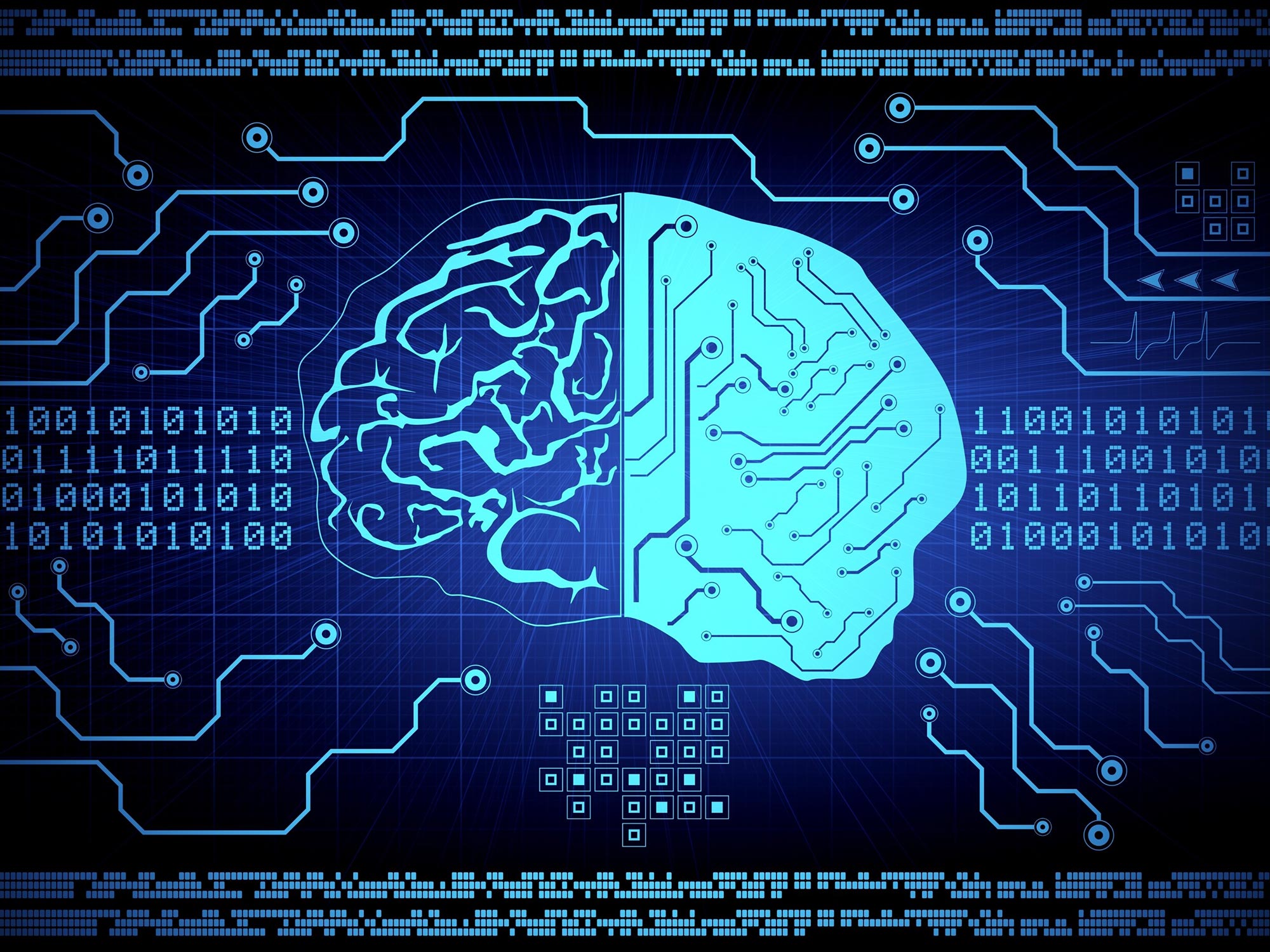[ad_1]

The new know-how could enable computers to do intricate jobs more speedily and precisely though using substantially less electrical power.
A new microelectronics gadget can program and reprogram personal computer components on demand from customers by working with electrical pulses
What if a computer system could learn to rewire its circuits based on the information and facts it gets?
A multi-institutional collaboration, which consists of the U.S. Department of Energy’s (DOE) Argonne Countrywide Laboratory, has made a materials that can be utilised to produce computer chips that can do just that. It achieves this by applying so-identified as “neuromorphic” circuitry and computer system architecture to replicate mind functions. Purdue College professor Shriram Ramanathan led the team.
“Human brains can really adjust as a end result of learning new points,” claimed Subramanian Sankaranarayanan, a paper co-creator with a joint appointment at Argonne and the College of Illinois Chicago. “We have now produced a machine for devices to reconfigure their circuits in a mind-like way.”
With this functionality, synthetic intelligence-based computers may well do difficult careers much more rapidly and correctly though using a ton less vitality. One particular case in point is examining sophisticated medical pictures. Autonomous autos and robots in area that could possibly rewire their circuits dependent on experience are a far more futuristic case in point.

Hydrogen ions in the nickelate allow one particular of four capabilities at different voltages (applied by platinum and gold electrodes at the prime). The capabilities are artificial synapse, synthetic neuron, capacitor, and resistor. The capacitor retailers and releases present the resistor blocks it. Credit score: Argonne National Laboratory
The critical materials in the new device is composed of neodymium, nickel, and oxygen and is referred to as perovskite nickelate (NdNiO3). The staff infused this material with hydrogen and connected electrodes to it that permit electrical pulses to be applied at various voltages.
“How substantially hydrogen is in the nickelate, and wherever it is, improvements the electronic attributes,” Sankaranarayanan explained. “And we can improve its site and concentration with diverse electrical pulses.”
“This materials has a quite a few-layered temperament,” extra Hua Zhou, a paper co-author and Argonne physicist. “It has the two common features of day to day electronics — the turning on and blocking of electrical latest as nicely as the storing and release of electrical energy. What is definitely new and striking is the addition of two capabilities very similar to the individual habits of synapses and neurons in the mind.” A neuron is a one nerve cell that connects with other nerve cells via synapses. Neurons initiate sensing of the exterior globe.
For its contribution, the Argonne team carried out the computational and experimental characterization of what occurs in the nickelate system less than diverse voltages. To that finish, they relied on DOE Business of Science person facilities at Argonne: the Innovative Photon Supply, Argonne Management Computing Facility, and Middle for Nanoscale Products.
The experimental effects demonstrated that simply just altering the voltage controls the motion of hydrogen ions within the nickelate. A selected voltage concentrates hydrogen at the nickelate centre, spawning neuron-like conduct. A diverse voltage shuttles that hydrogen out of the center, yielding synapse-like actions. At even now distinct voltages, the resulting destinations and focus of the hydrogen elicit the on-off currents of laptop or computer chips.
“Our computations revealing this system at the atomic scale were tremendous intense,” reported Argonne scientist Sukriti Manna. The crew relied upon the computational horsepower of not only the Argonne Leadership Computing Facility but also the Countrywide Energy Investigate Scientific Computing Middle, a DOE Office environment of Science person facility at Lawrence Berkeley Nationwide Laboratory.
Affirmation of the mechanism came, in portion, from experiments at beamline 33-ID-D of the Sophisticated Photon Resource.
“Over the many years we have experienced a incredibly successful partnership with the Purdue team,” Zhou said. “Here, the crew identified particularly how atoms set up within just the nickelate under distinct voltages. Especially crucial was monitoring the material’s reaction at the atomic scale to the movement of hydrogen.”
With the team’s nickelate unit, researchers will perform to build a network of synthetic neurons and synapses that could study and modify from knowledge. This community would increase or shrink as it is offered with new details and would as a result be capable to function with intense strength effectiveness. And that vitality effectiveness interprets into lessen operational expenses.
Mind-motivated microelectronics with the team’s product as a constructing block could have a vivid long term. This is in particular so mainly because the product can be produced at space temperature by procedures compatible with semiconductor industry tactics.
Argonne-related get the job done was funded by the DOE Place of work of Standard Strength Sciences, as properly as the Air Drive Workplace of Scientific Analysis and National Science Foundation.
Reference: “Reconfigurable perovskite nickelate electronics for artificial intelligence” by Hai-Tian Zhang, Tae Joon Park, A. N. M. Nafiul Islam, Dat S. J. Tran, Sukriti Manna, Qi Wang, Sandip Mondal, Haoming Yu, Suvo Banik, Shaobo Cheng, Hua Zhou, Sampath Gamage, Sayantan Mahapatra, Yimei Zhu, Yohannes Abate, Nan Jiang, Subramanian K. R. S. Sankaranarayanan, Abhronil Sengupta, Christof Teuscher and Shriram Ramanathan, 3 February 2022, Science.
DOI: 10.1126/science.abj7943
[ad_2]
Source website link






More Stories
Computer Knowledge (Literacy)
5 Ways to Use Articles in Internet Network Marketing
Learn to Be a Successful Network Marketer on the Internet